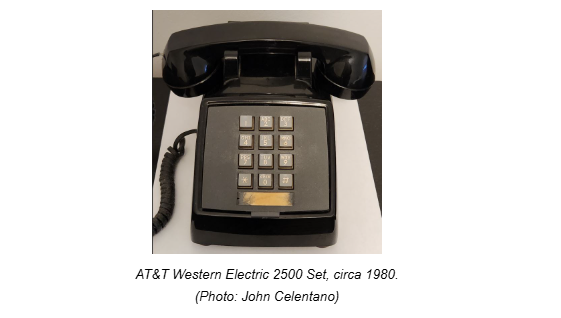In the 1970s, the AT&T Bell System mantra was, “The System is the solution.” That was at a time when AT&T (NYSE: T) had a monopoly on analog voice local and long-distance circuit-switched calls to over 90 percent of the country. AT&T’s complete dominance of U.S. telephone service and telecom equipment manufacturing led to its breakup by the Justice Department in 1984. The AT&T we see today is a smaller, reconstituted version of parts of the old Bell System. Its grand ambitions have not diminished, however.
This week, John Stankey, AT&T CEO, at the UBS Global Media & Communications Conference in New York, reiterated the company’s plans to gain a leading position in the fiber businesses by building the most advanced and far-reaching network that is complemented by the company’s wireless network. These days, AT&T’s mantra is, “The network is the killer app!”, a 21st century take on the company’s telephone network culture.
Stankey articulated four main drivers for AT&T’s growth and infrastructure investment over the next five years:
- demand for high-performance bandwidth is going to continue to increase,
- the need for dense fiber networks with symmetrical bandwidth to handle user generated content, primarily upstream video – from work-at-home and office work, and ubiquitous AI-enabled video sensors – and then moving that video up into the network for processing,
- customer preferences for simplified relationships with service providers, preferably with single service provider for converged broadband and wireless services, and
- a robust network with more built in endpoints at lower marginal cost to achieve a superior performing network with superior network economics.
AT&T is making a major commitment to building out its fiber and wireless infrastructure. In its recent Analyst & Investor Day conference, the company indicated that it expects capital expenditures of roughly $22 billion a year for the next 3-4 years to achieve 50 million locations passed with fiber by 2030. Although AT&T does not break out its fiber and wireless capex allocations, Inside Towers Intelligence estimates that 50-55 percent of the total is spent on fiber.
Of the 50 million passings, 45 million are in AT&T’s 21-state operating area and 5 million are out-of-region through partnerships, Inside Towers reported. The 45 million in-region passings represent about two thirds of the 67 million homes in AT&T’s footprint with the potential of achieving penetration of 50 percent or more.
At the end of 3Q24, AT&T reported that its in-region fiber network passed 28.3 million consumer and business locations with 22.7 million consumer fiber connections, representing a 40 percent penetration rate.
Stankey thinks that while fiber can satisfy the lion’s share of high-speed broadband connectivity demand, he acknowledges that satellite broadband has a role serving up to about eight percent of households in hard to reach places across the country. He thinks fixed wireless access is best positioned to connect to another 10-12 percent of households in unserved and underserved areas while fiber connectivity will handle the 80 percent balance.
Stankey pointed out that to build a network with that scale and capability, is costly and “painful” at the front end, but that it’s “the gift that keeps on giving at the back end, [over a 30-year life cycle], once you get over that hump.” He reiterated, “… that’s the kind of franchise we’re building right now with fiber.”
By John Celentano, Inside Towers Business Editor





Reader Interactions